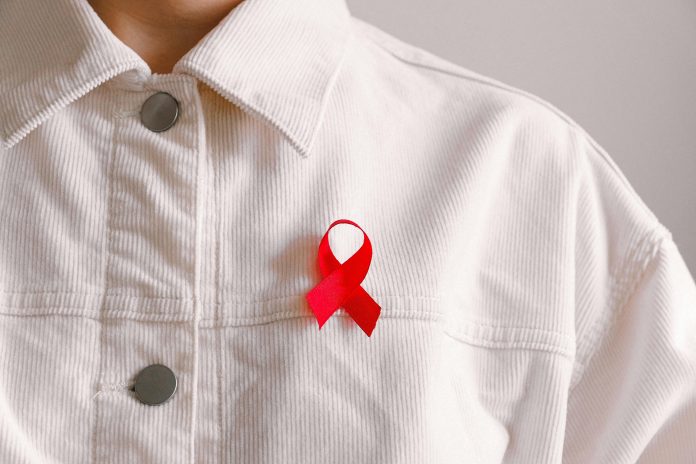A worrying new survey has found high prevalence rates of HIV and Hepatitis C in people who inject drugs, highlighting the need to close the gaps in access to care and health service utilization.
TB HIV Care’s Bio-Behavioural Survey was conducted at four sites in 2023 between May and September.
The Survey found that HIV prevalence among people who injected drugs (PWID) was as high as 72.1% in Tshwane, 49.3% in eThekwini, 45.4% in Mashishing (Lydenburg), and 30.3% in Mbombela.
Anti-hepatitis C prevalence was highest in Mbombela (90.5%), followed by Tshwane (89.0%), eThekwini (75.2%), and Mashishing (40.8%).
“Hepatitis C is often called the silent killer because many people remain completely asymptomatic until the infection progresses, causing serious liver damage and life-threatening health issues,” explains Andrew Scheibe, Technical Advisor at TB HIV Care.
“Today’s treatment with direct-acting antivirals (DAAs) are highly effective, but cost and access are an issue in South Africa. We need to continue to advocate for easier, cost-effective access to generic DAAs, especially for populations at risk.”
The survey shows significant gaps in access to care and health service utilization by PWID and underscores the need to integrate viral hepatitis services into primary healthcare.
In Tshwane, people in the study population living with HIV, who were aware of their status and adherent to their ART treatment showed encouraging viral suppression at 92.2%.
Researchers say the other sites, eThekwini (63.3%), Mbombela (59.9%), and Mashishing (42.3%) could make significant strides towards 95% viral suppression – the ambitious UNAIDS 95-95-95 targets aimed at closing the gap in HIV treatment coverage and outcomes.
The Survey also shows safe injecting practices among PWID across the four sites.
In eThekwini, 71.3% used a sterile needle the last time they injected drugs and 66.6% used a condom the last time they had sex. In Mashishing (65.0%), in Mbombela (87.9%), and in Tshwane (76.3%) of the study population used a sterile needle the last time they injected drugs. In Mashishing, Mbombela, and Tshwane above 50% rates were reported by study populations who used a condom when they last had sex.
“This biobehavioural survey has given us a deeper understanding of the challenges faced by people who inject drugs,” says CDC Country Director, Dr John Blandford.
“We know, for example, that the prevalence of physical or sexual violence across all the sites was more than 30%. We also know that a third of PWID have not accessed healthcare in the last year due to fear of stigma or discrimination. This information allows CDC partners to include post-violence care in their programmes and sensitisation training for healthcare workers. The high HIV and anti-HCV prevalence means we need to focus on harm reduction efforts – and continue to advocate for the rights of key populations.”
In short, the South African Bio-Behavioural Survey has highlighted the extremely high prevalence of HIV and Hepatitis C in PWID, and significant gaps in progress towards the 95-95-95 treatment targets and the 10-10-10 social enabler targets.
READ THE FULL PRESS RELEASE: High HIV and Hepatitis infections thwart 95-95-95 goals


